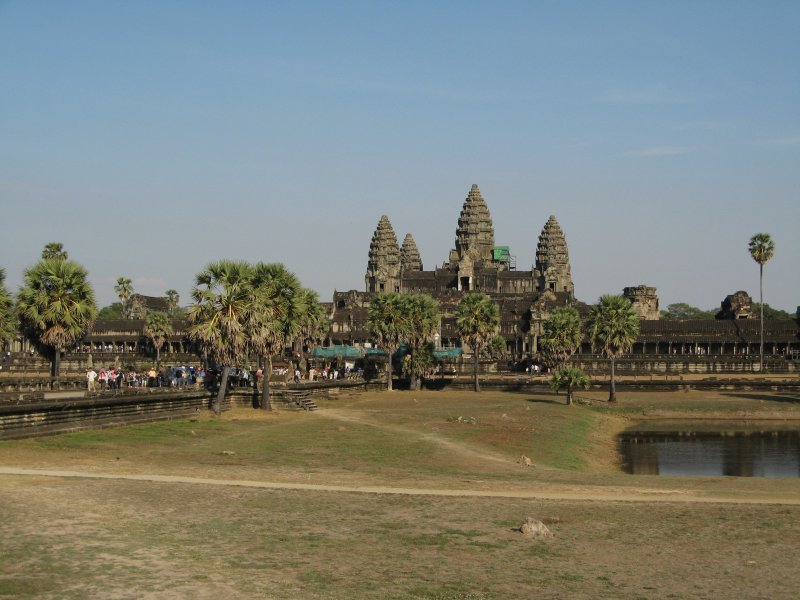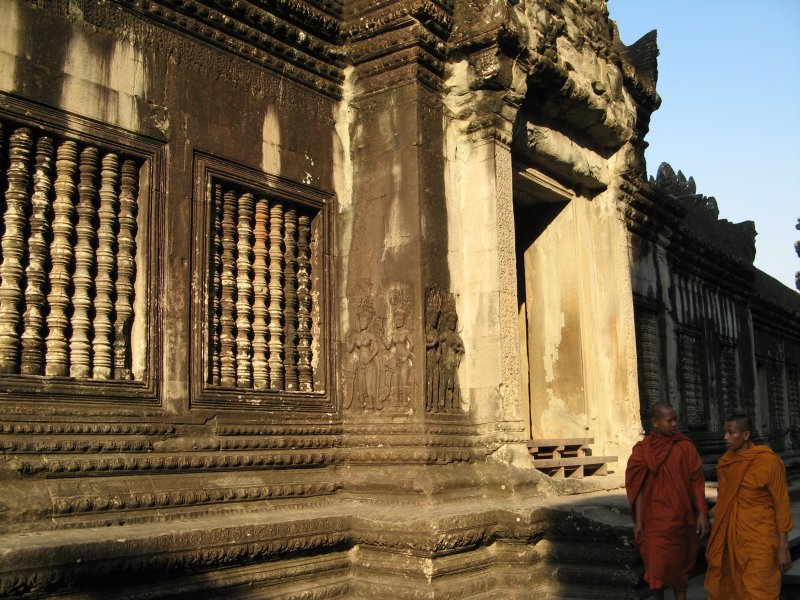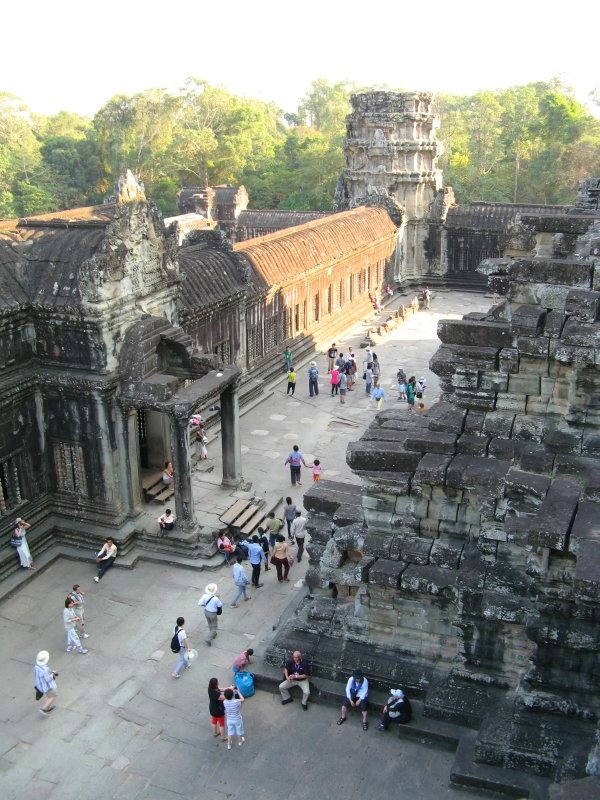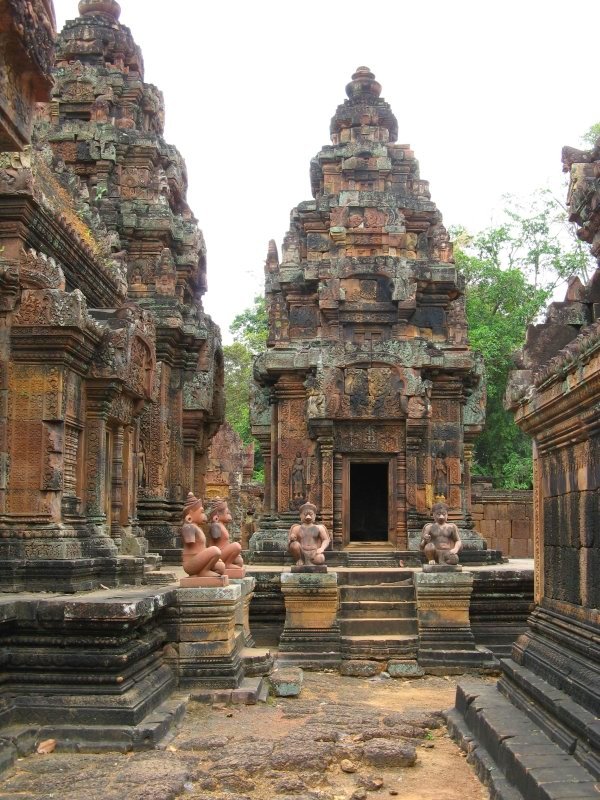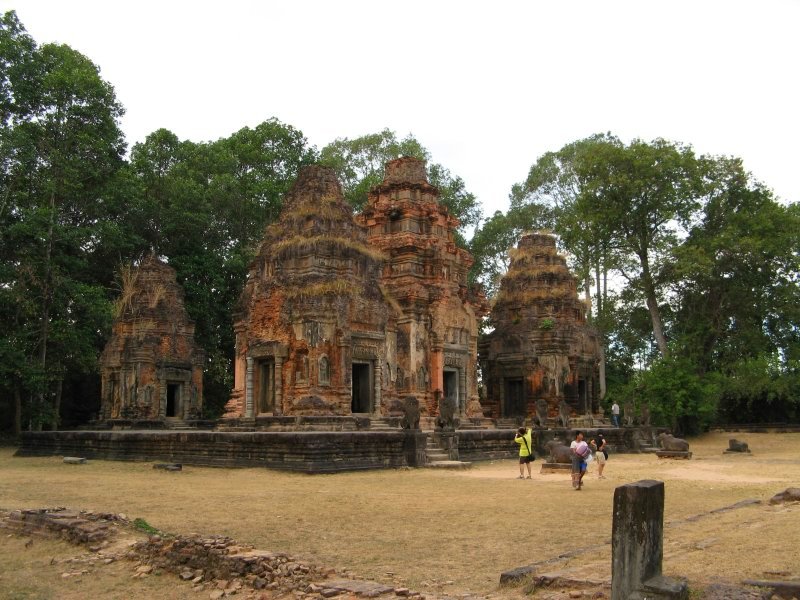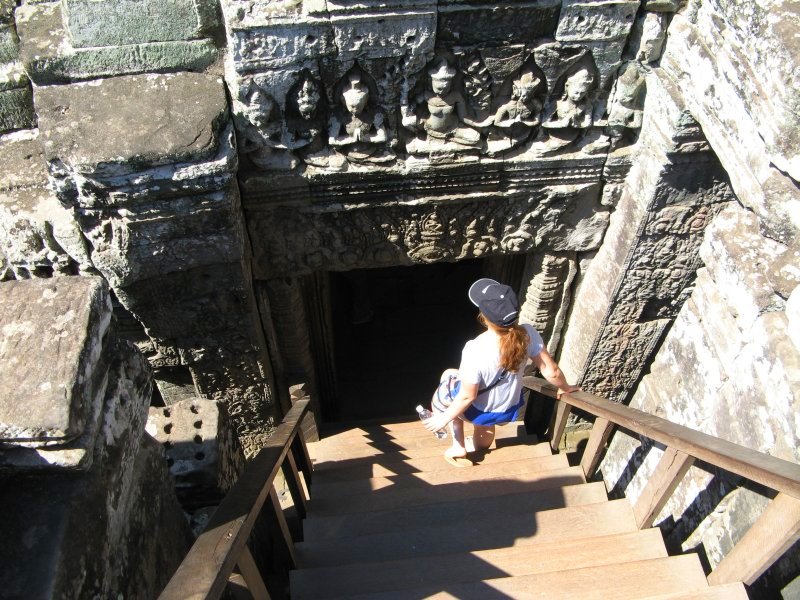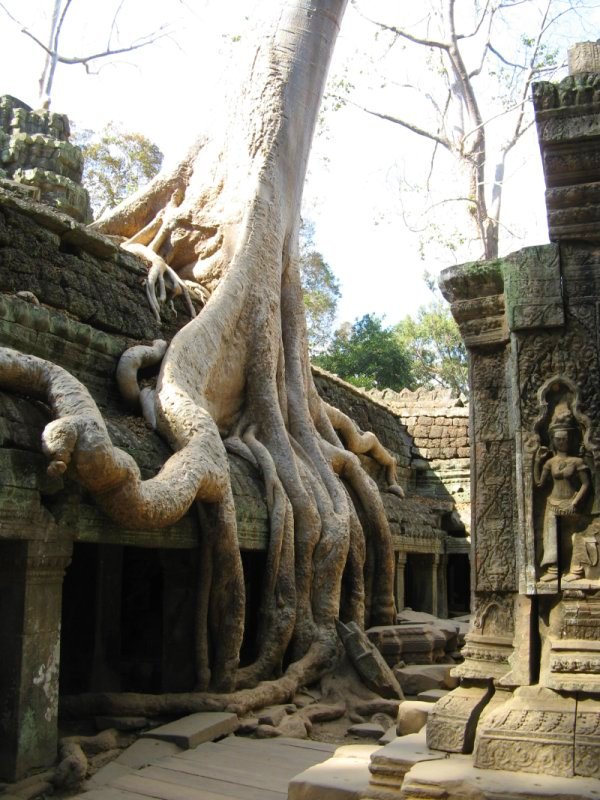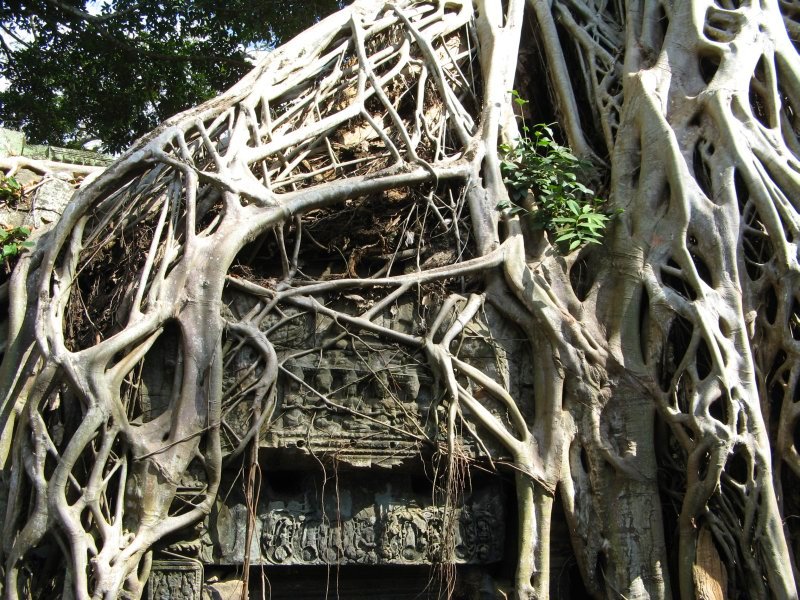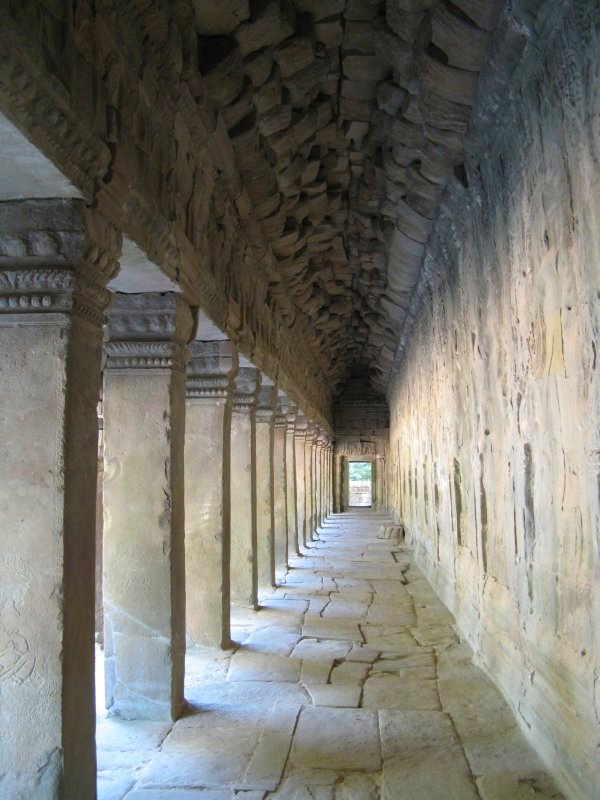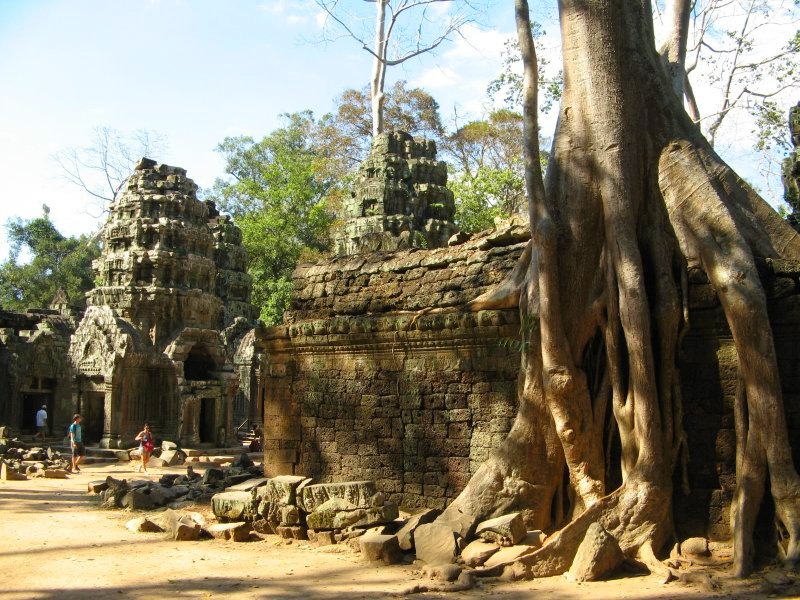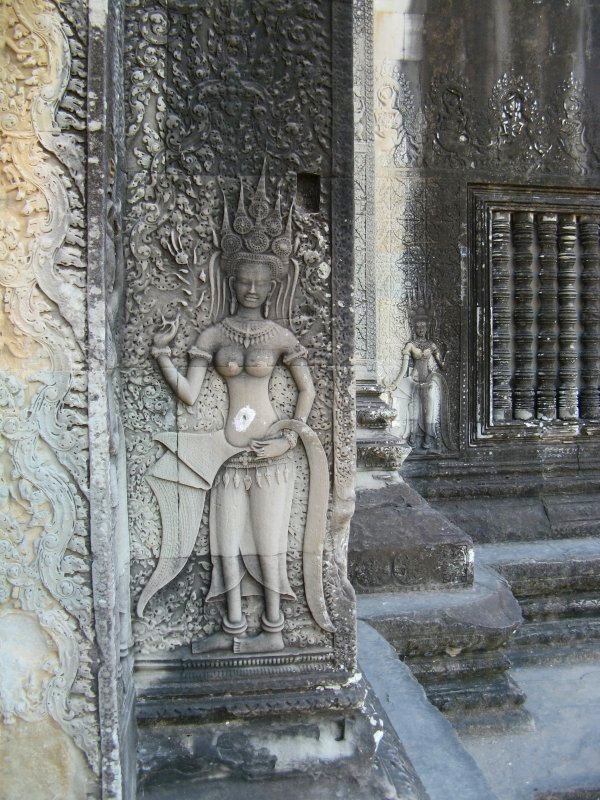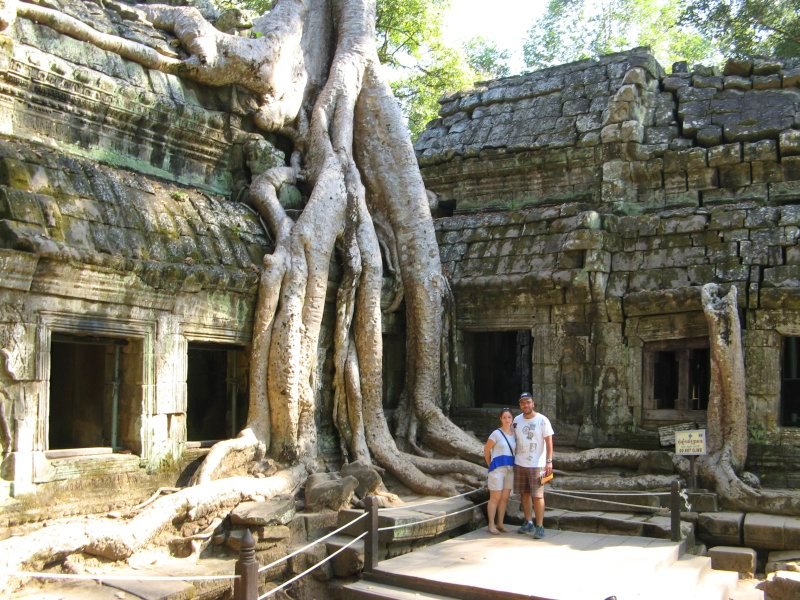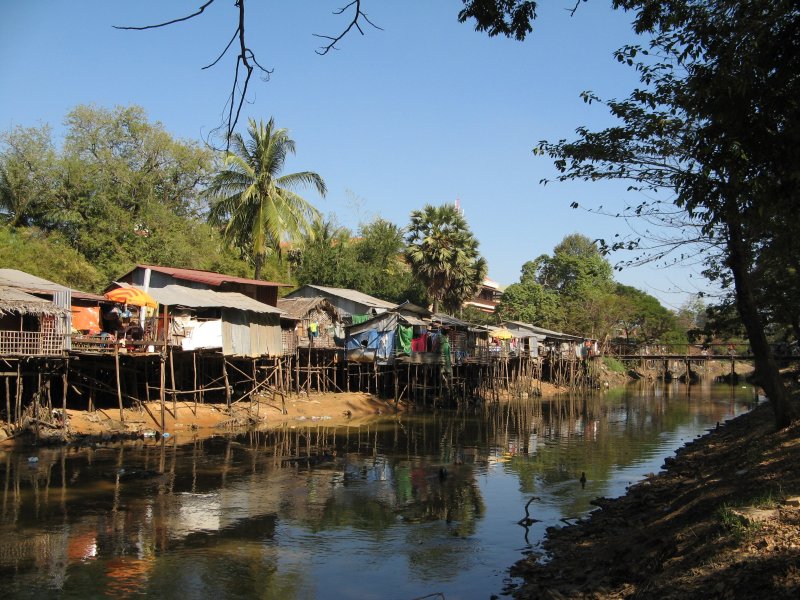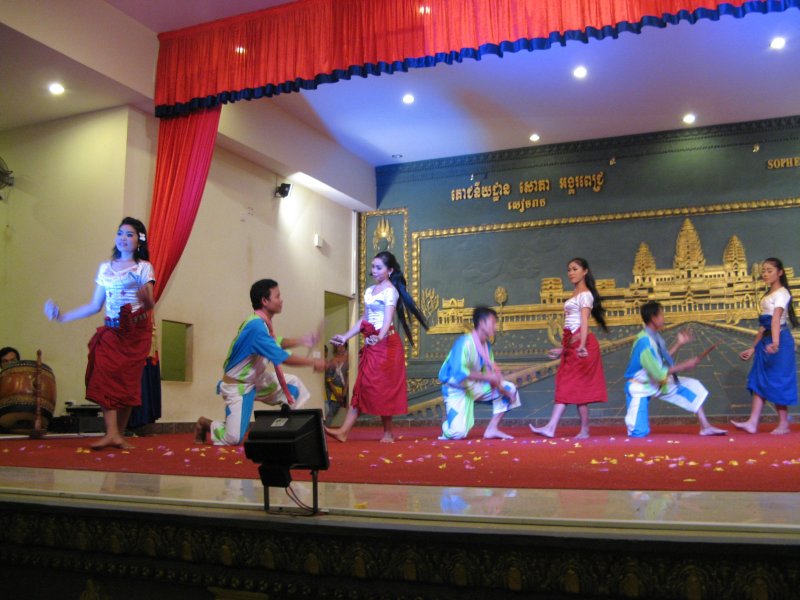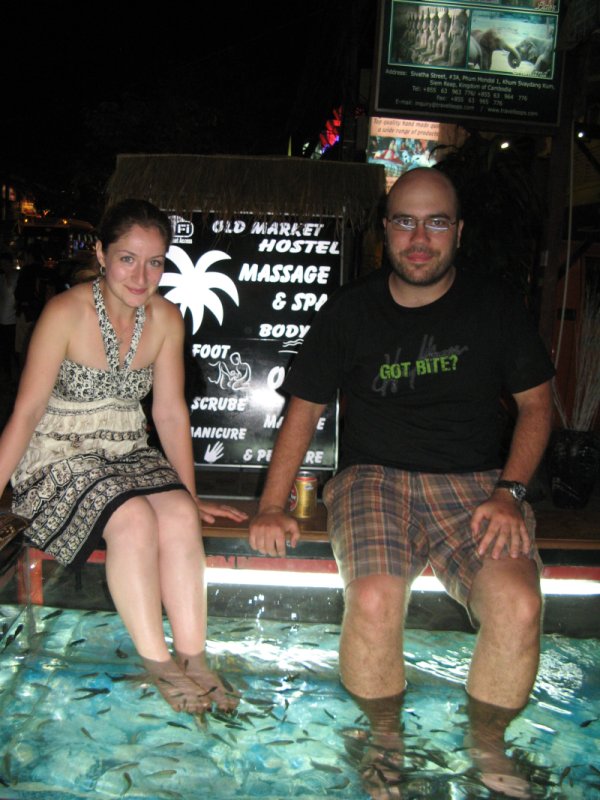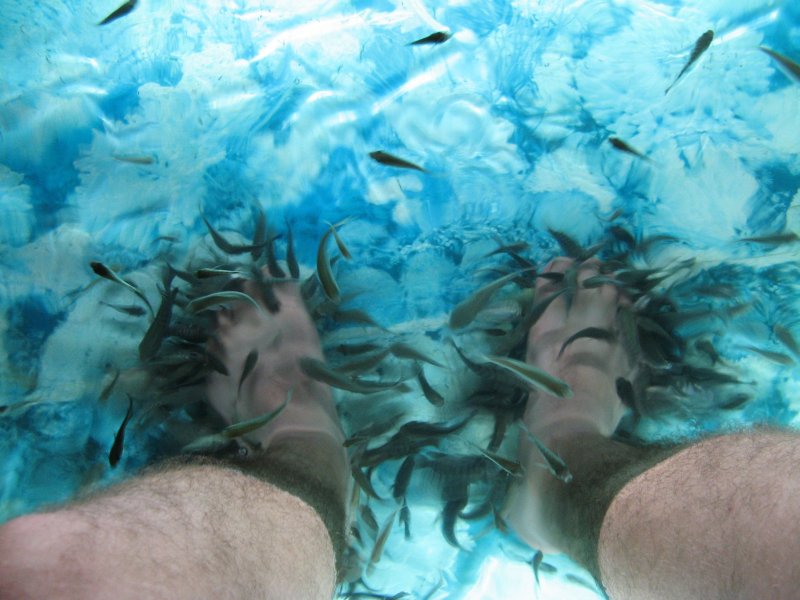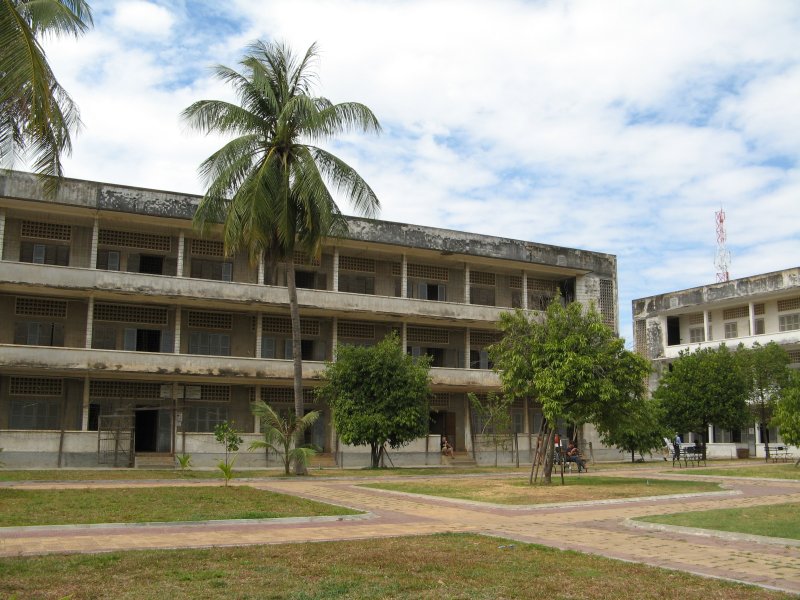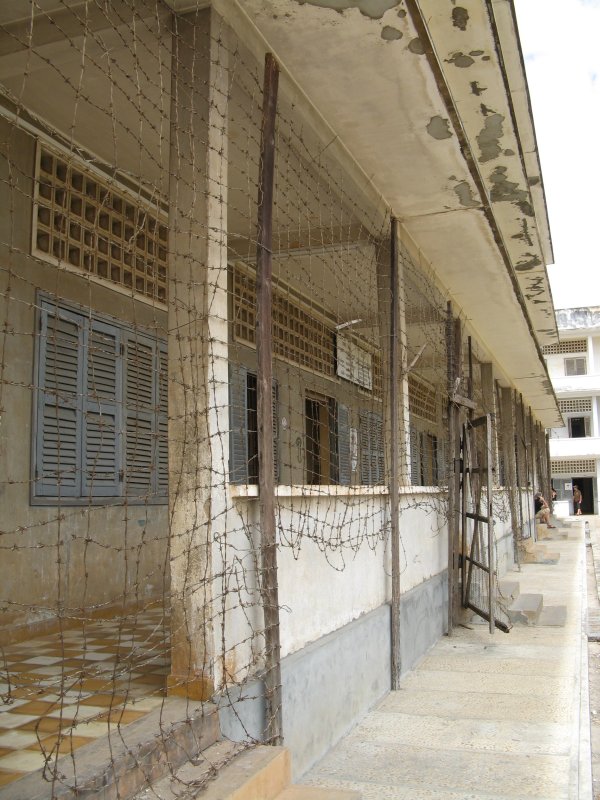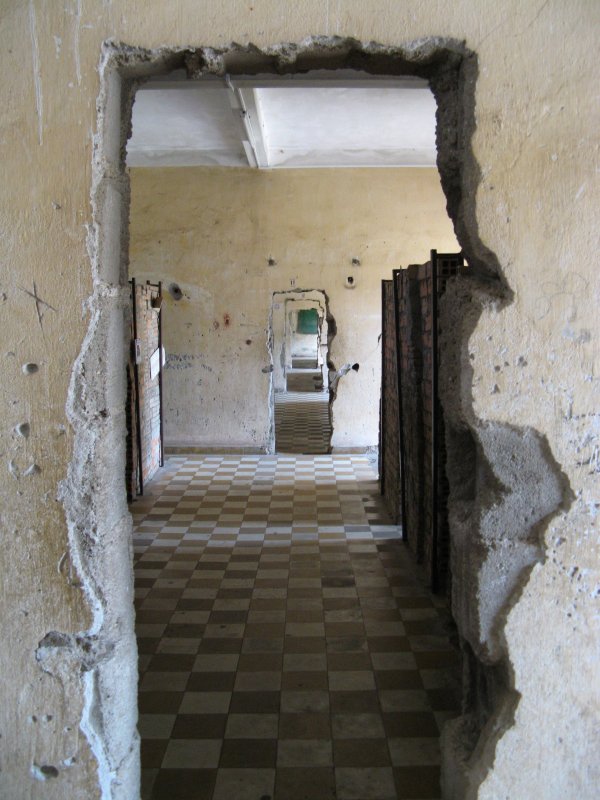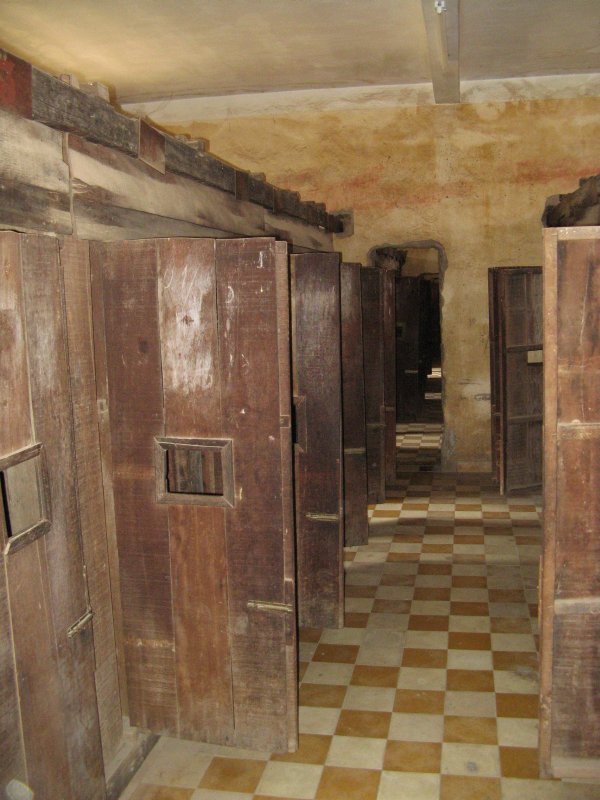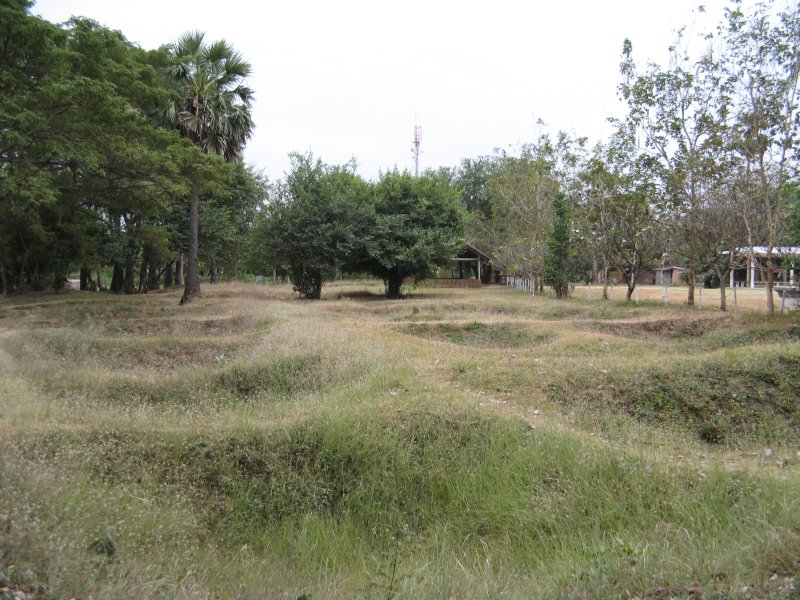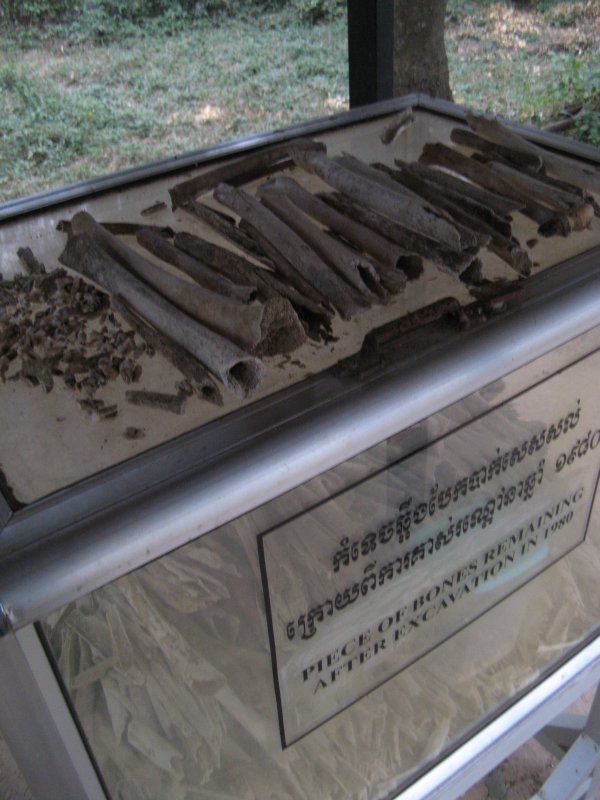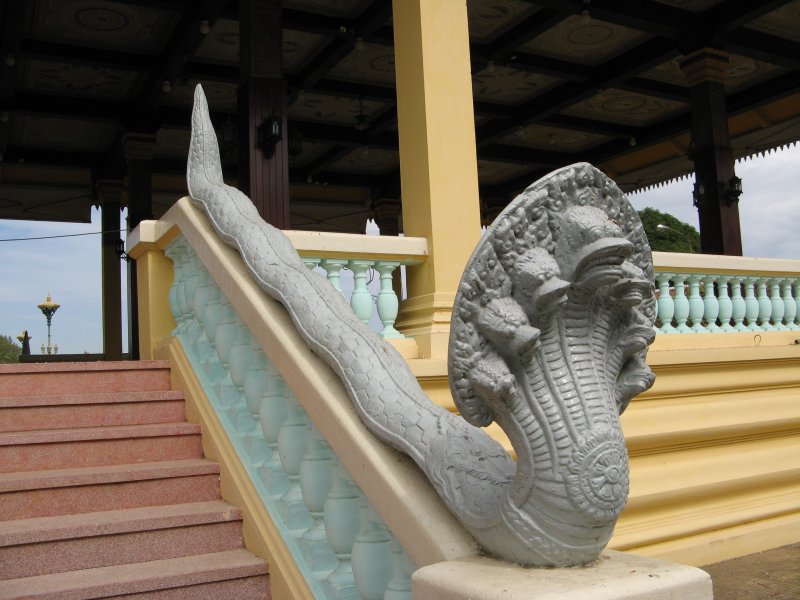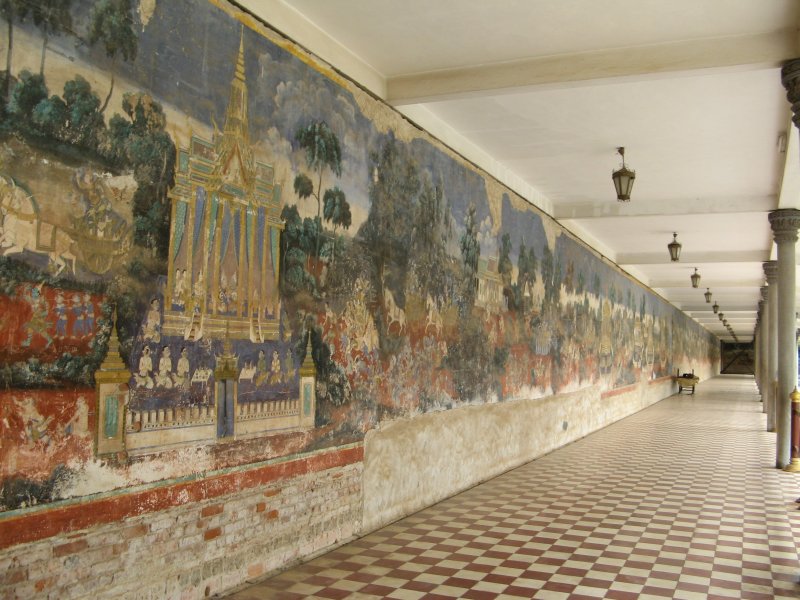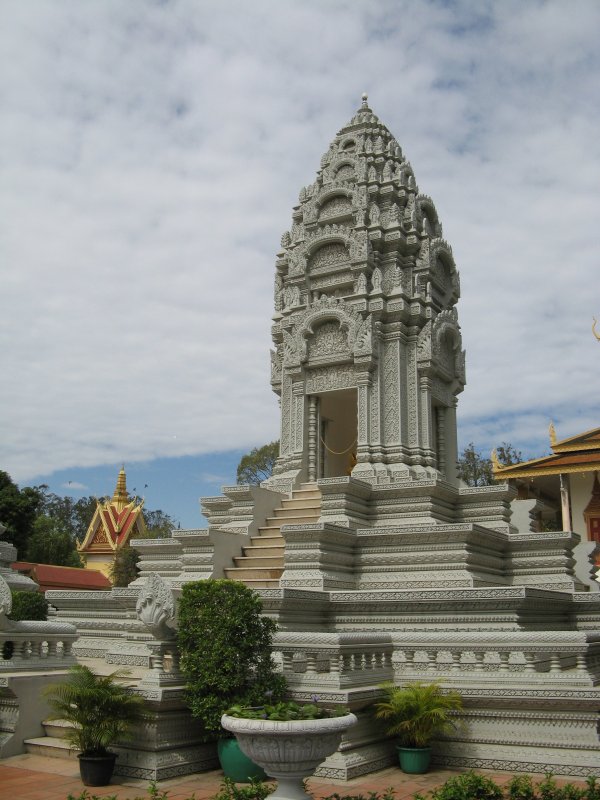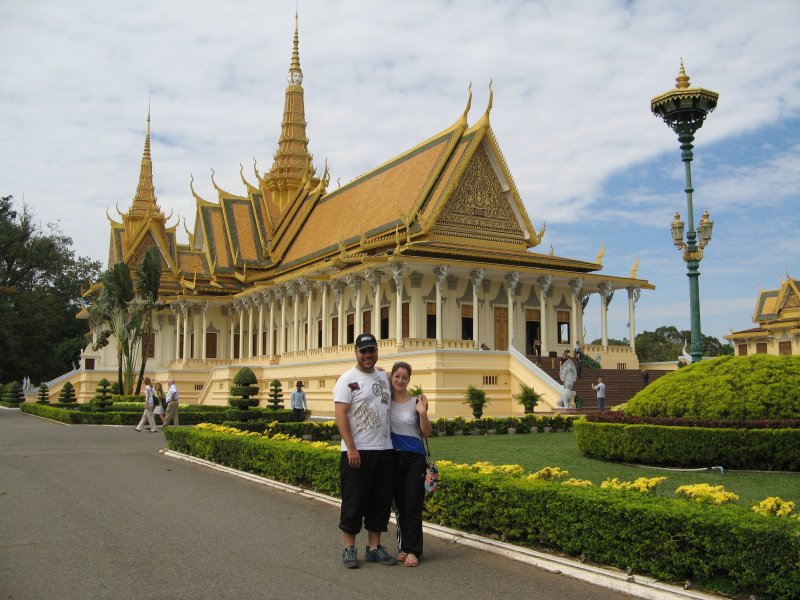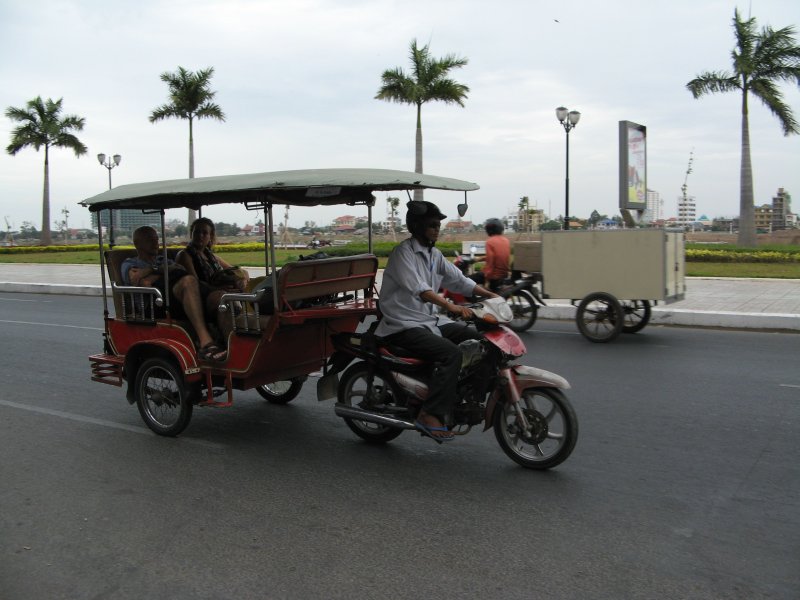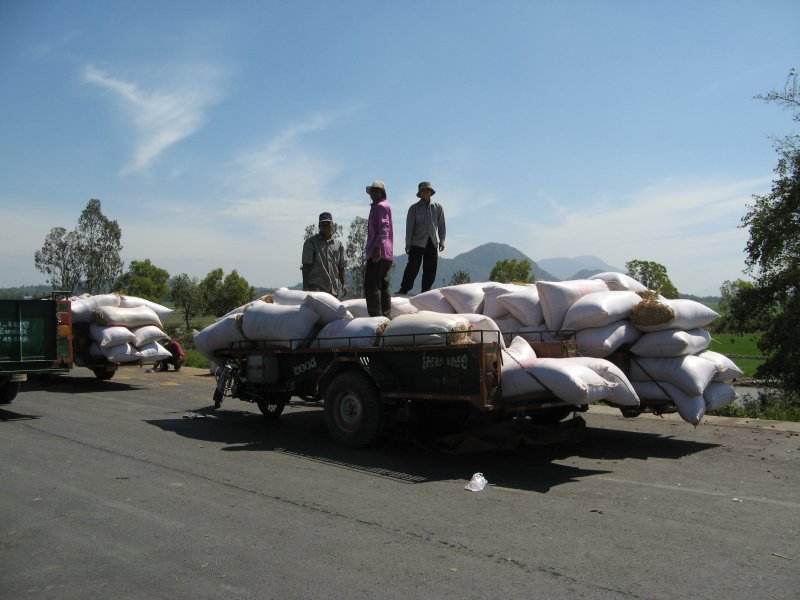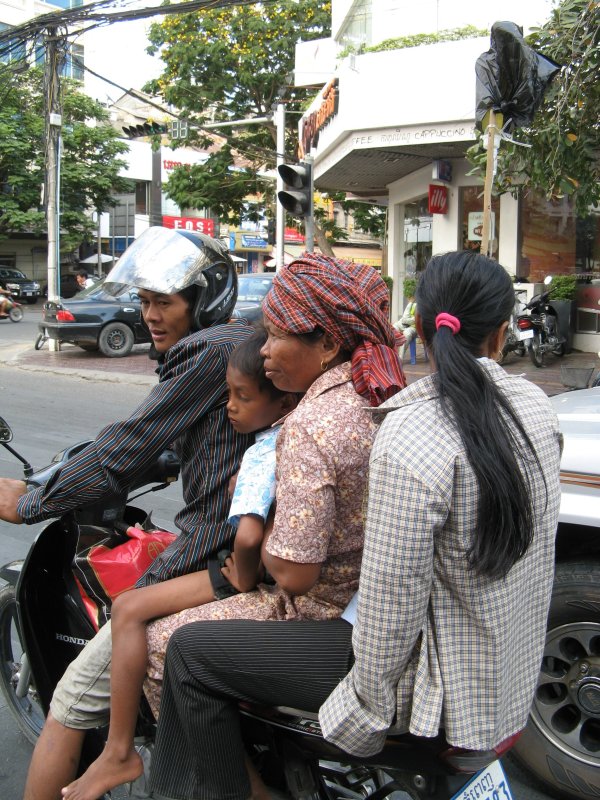Built during the heyday of the Khmer empire (in the IX-XIII centuries), these temples cover a huge area just Nort of Siem Reap. On a 20km radius you can find at least 15 compounds, surrounded by lakes and canals, part of an ancient water management system.
The appearance is breathtaking. The Mayas and the Aztecas, the Romans or the Spanish, they were all great builders, but nothing I’ve seen matches these temples. Most of them are built of huge pieces of sandstone while others are built of briks. Rich decoration eveywhere, either in the form of narrative bas-relief or free standing statues. Most structures are well preserved and tremendous amount of work (originally by the French archeologists, but later by international organizations) has been put to maintain and protect them from future damage. At one point, during the civil war, the restorers had to abandon work so they covered some temples with sand to prevent harm from happening.
Enjoy!
